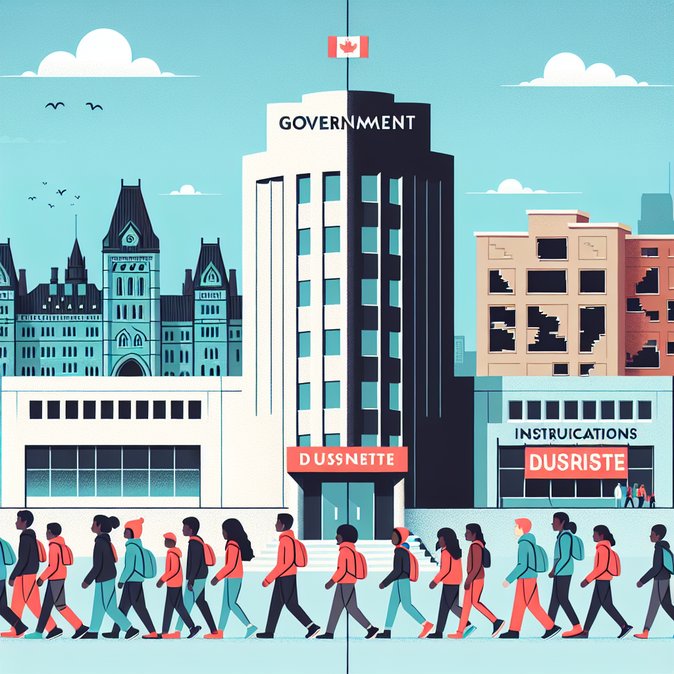
The federal government has unveiled the most dramatic recalibration of Canada’s study-permit program in more than two decades. Under the plan, contained in Budget 2025 and confirmed in a technical briefing on 11 November, Immigration, Refugees and Citizenship Canada (IRCC) will reduce the annual number of new study-permit holders by half between 2026 and 2028. Targeted cuts will start immediately, with provinces receiving revised caps this month. Institutions that relied heavily on foreign tuition—particularly Ontario’s public-private college partnerships—face the steepest reductions.
Officials say the pivot is necessary to bring total temporary-resident numbers down from 6.5 % to 5 % of the population, easing pressure on housing, health-care and local labour markets. Prime Minister Mark Carney framed the move as “responsible growth,” insisting that immigration remains central to Canada’s economic strategy but must align with absorptive capacity. The decision follows months of warnings from provincial premiers about overcrowded classrooms and soaring rents around campus hubs.
![Ottawa slashes international-student intake by 50 % over three years]()
Universities and colleges are scrambling to revise budgets, expand domestic recruitment and negotiate provincial back-fill funding. Some are already contemplating program closures, layoffs and delayed capital projects. Private-sector landlords and developers of purpose-built student housing predict softer demand but expect vacancies to be quickly absorbed by the broader rental market.
For global mobility and talent teams, the policy adds complexity to Canadian assignment planning. Employer-supported study paths—often used to bring in dependants or re-skill existing staff—may be harder to secure. Companies should prepare for longer lead times, explore alternative work-permit categories (e.g., Global Skills Strategy) and budget for higher compliance scrutiny. Education agents abroad will also need to recalibrate marketing strategies, especially in key source countries such as India, Nigeria and the Philippines.
With the cuts slated to continue through 2028, stakeholders anticipate further IRCC guidance on province-by-province allocations, Post-Graduation Work Permit (PGWP) eligibility tweaks and safeguards against fraud in international recruitment.
Officials say the pivot is necessary to bring total temporary-resident numbers down from 6.5 % to 5 % of the population, easing pressure on housing, health-care and local labour markets. Prime Minister Mark Carney framed the move as “responsible growth,” insisting that immigration remains central to Canada’s economic strategy but must align with absorptive capacity. The decision follows months of warnings from provincial premiers about overcrowded classrooms and soaring rents around campus hubs.

Universities and colleges are scrambling to revise budgets, expand domestic recruitment and negotiate provincial back-fill funding. Some are already contemplating program closures, layoffs and delayed capital projects. Private-sector landlords and developers of purpose-built student housing predict softer demand but expect vacancies to be quickly absorbed by the broader rental market.
For global mobility and talent teams, the policy adds complexity to Canadian assignment planning. Employer-supported study paths—often used to bring in dependants or re-skill existing staff—may be harder to secure. Companies should prepare for longer lead times, explore alternative work-permit categories (e.g., Global Skills Strategy) and budget for higher compliance scrutiny. Education agents abroad will also need to recalibrate marketing strategies, especially in key source countries such as India, Nigeria and the Philippines.
With the cuts slated to continue through 2028, stakeholders anticipate further IRCC guidance on province-by-province allocations, Post-Graduation Work Permit (PGWP) eligibility tweaks and safeguards against fraud in international recruitment.








